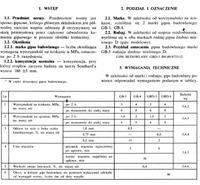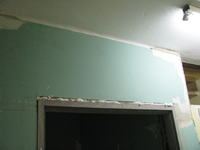Hello,
I have recently come across the opinion that the cans can be placed on a mixture of 2/3 plaster (apparently light gypsum knauf is suitable for this) + 1/3 plaster. The subject concerned the quick drying of plaster, but the question was whether such a mixture:
1) not too weak for cans?
2) whether the mixing of the above-mentioned materials will not cause the lack of "catchiness" of the obtained specificity?
I have recently come across the opinion that the cans can be placed on a mixture of 2/3 plaster (apparently light gypsum knauf is suitable for this) + 1/3 plaster. The subject concerned the quick drying of plaster, but the question was whether such a mixture:
1) not too weak for cans?
2) whether the mixing of the above-mentioned materials will not cause the lack of "catchiness" of the obtained specificity?




